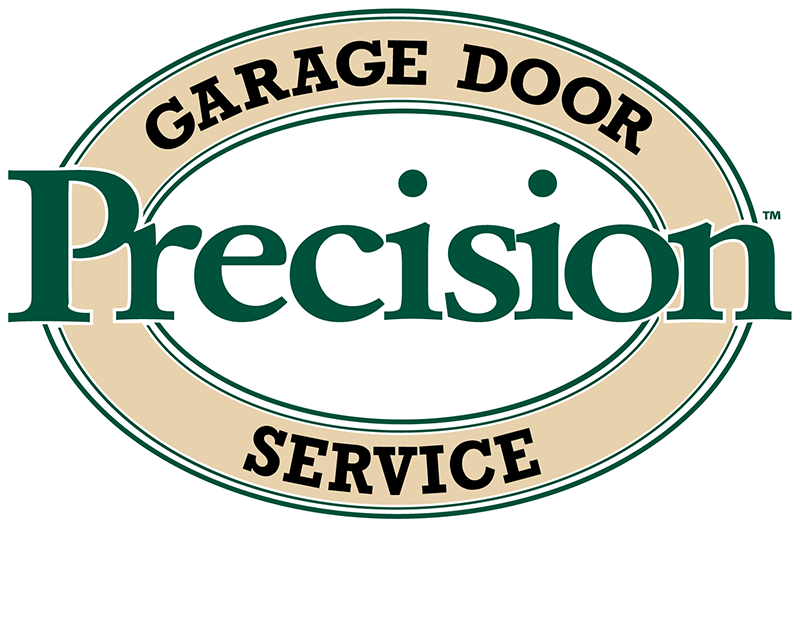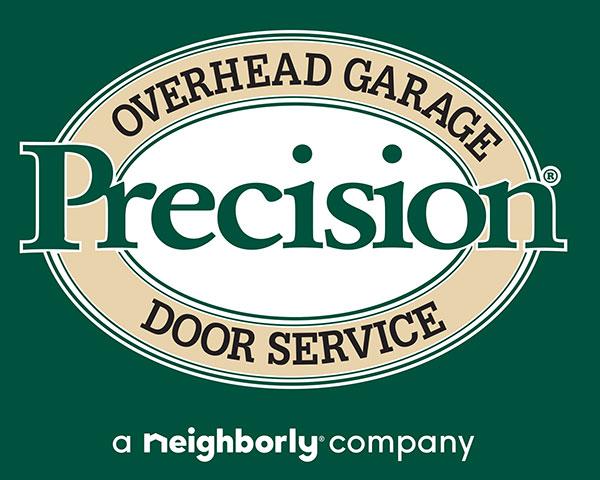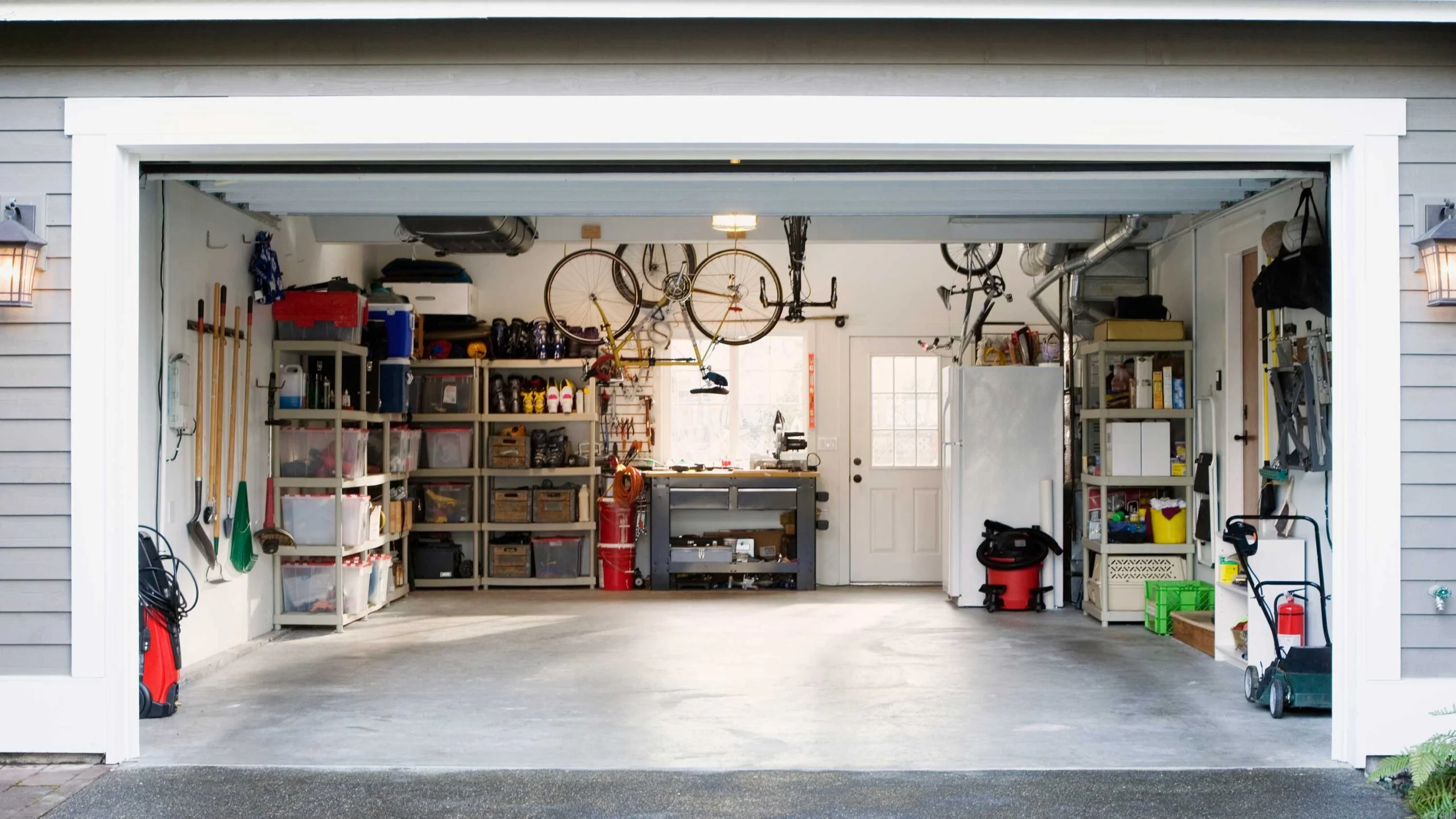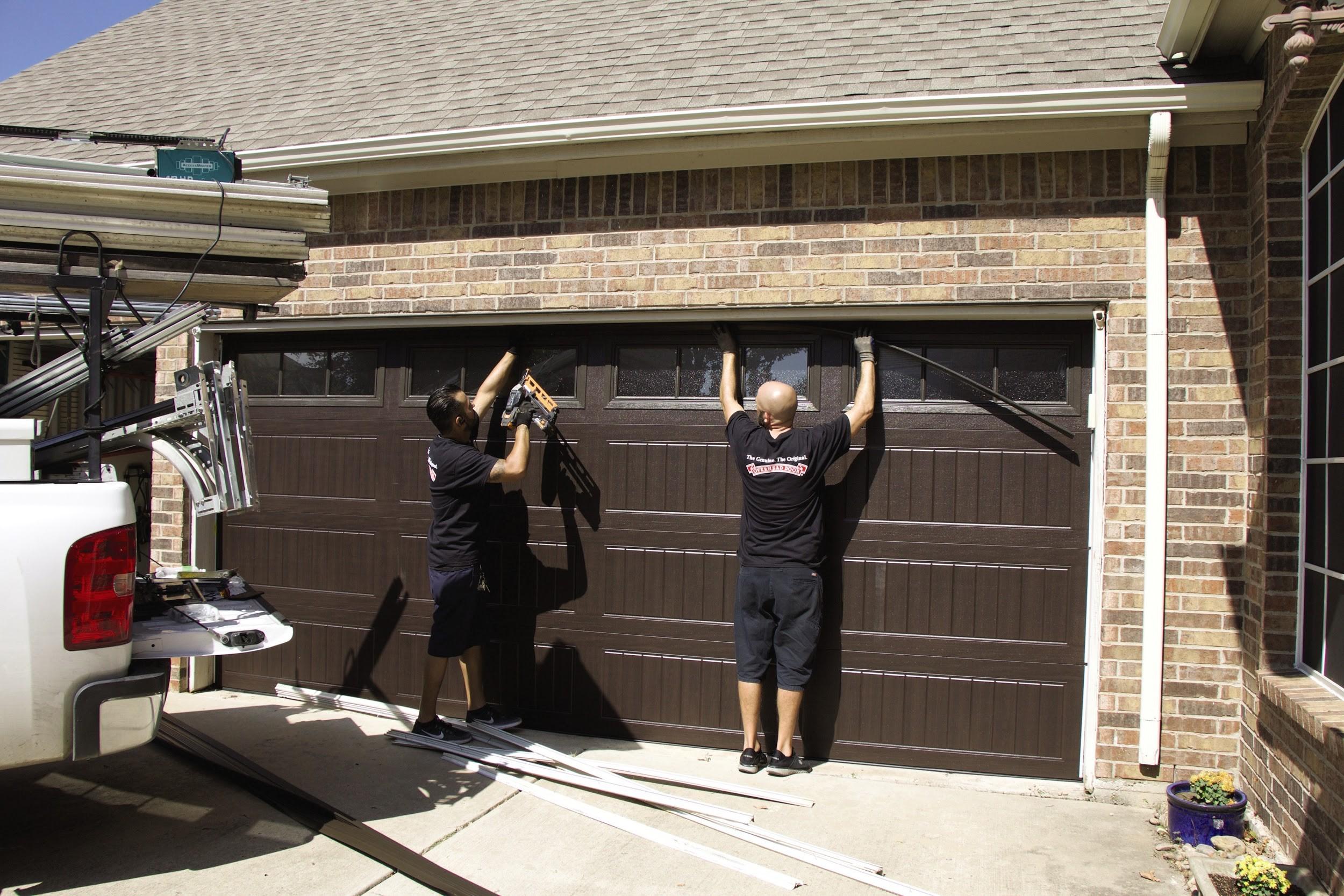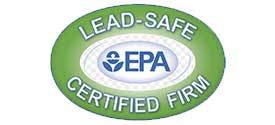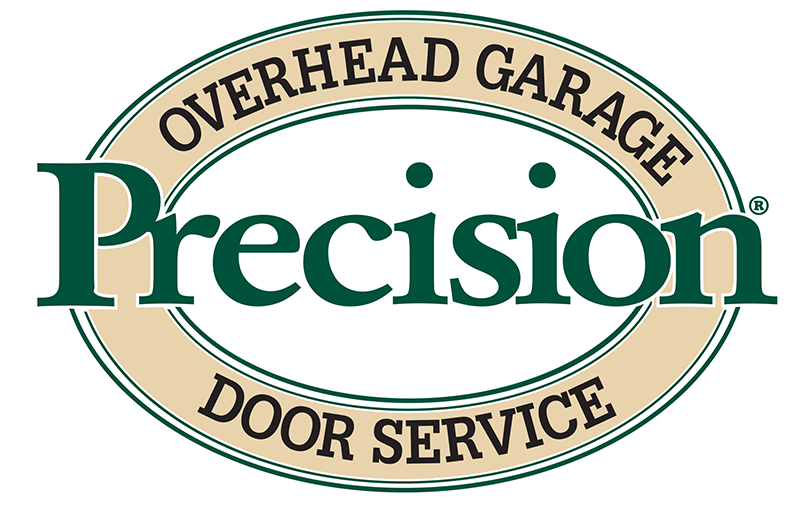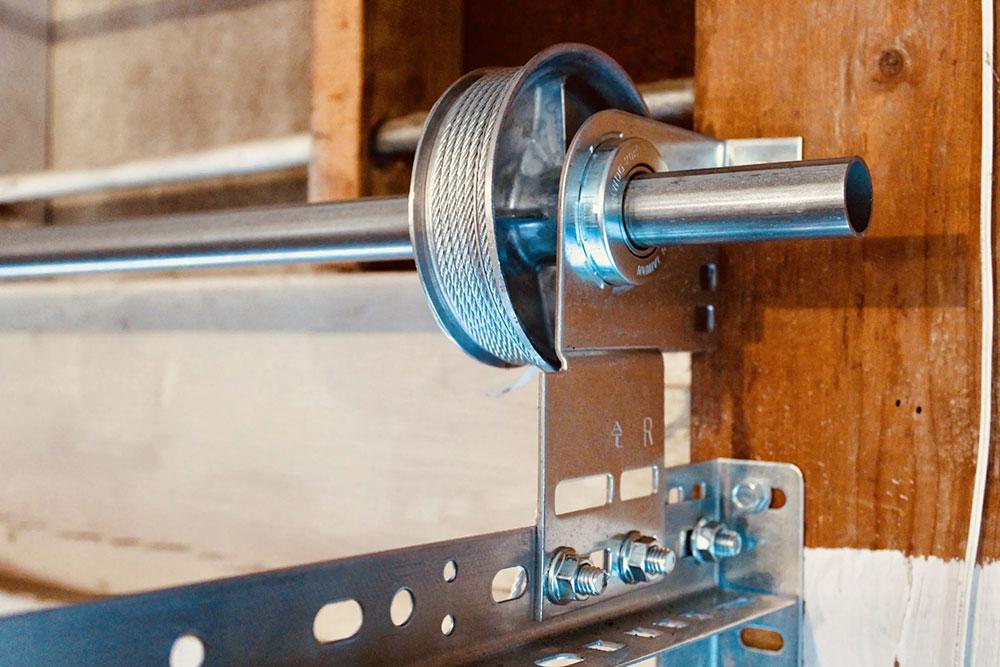
Which Springs Will My Precision Door Take?
Your Precision Door only operates when it’s balanced. All its parts and pieces must move in unison. The more you use a door, the more wear and tear it will experience. For this reason, you can expect your springs to be replaced once or twice throughout your door’s entire life. Springs experience the most wear because they also absorb the most weight and friction. Without these shock absorbers, however, your door won’t open, and that door would become a hazard when it closes. Here’s a look at the springs your door needs when your springs are being replaced.
First Consider Your Door and Its Weight
A Southern California garage door repair might make it obvious how important it is to manage the weight of your garage door. Not only do you want that door to close for your own home security, but you need the right force to make that door move. The weight of a garage door is also awkward, requiring a stabilizer to be in place. There are numerous panels and hinges that all have free movement of their own. Keeping these parts in unison is about ensuring that the weight of your door is never out of control. Springs absorb and retain loads to steady your door.
Torsion Springs
By counterbalancing your garage door’s weight, torsion springs stabilize the movement of your door. This spring does most of its work when the garage door closes. By storing energy from the door, the torsion springs prepare your door opener for when the door opens again. The average weight of a garage door sits between 200 and 500 pounds. This weight can’t be lifted cleanly without the help of a resistive force that’s stronger than the weight of the door. By storing energy, torsion springs give your door the jolt it needs to start moving when opening.
Extension Springs
During a Santa Maria garage door repair, you’ll see that extension springs will expand to exert energy. Unlike torsion springs, which contract to generate force, extension springs stretch in order to balance a door’s movement. These springs are able to expand due to a pulley system that they’re connected to. When a pulley drum moves, it’ll rotate to either contract the springs or expand them. The weight of the door is then transferred into the springs. This enables the door to lift and lower with relative ease. Each time a door falls or rises, the springs will activate.
Where Your Springs Can Be Found
Your Precision Door works with either extension or torsion springs. If you have limited knowledge about these, the best way to identify them is through their location. When you’re inside the garage, look at the very top of your garage door and on its left and right sides. When you find a spring above the door, it will be laid horizontally. This is the torsion spring. If you find springs set on both the right and left sides of the door, you’ll be looking at extension springs. The type of door you have dictates if you will need both types. However, only one spring type is usually used.
Following the Right Color Code
To make it as easy as possible to find the right springs, manufacturers use a universal coloring system. This color code tells you the weight class of the springs you’re considering. You don’t need to figure out what you need on your own, however. Simply find the springs you have, and see what their color codes are. When you buy new springs, use the same color codes. Tan, for example, has a weight class of 100 pounds and is the lightest option you’ll find. Additional colors include white, green, yellow and blue. Light blue has a weight class of 190 pounds.
Working With Reputable Retailers
For your garage door in Paso Robles, consider only buying springs from reputable sources. You can find reliable springs from your local hardware store. However, a competent contractor will also have their own supply of springs. They will know what you need and how to install it. Retailers with garage door springs follow the universal color codes and will tell you if the models you chose are extension or torsion springs. Just keep in mind that torsion springs work by wrapping over a torsion rod that you might need to buy. Likewise, extension springs use cables.
Reexamining Any New Door or Components You’re Buying
When you consider buying a new Precision garage door, you have the chance to choose its functionality. You get to decide how strong or lightweight your door springs are. Consider the type of door you want to be installed onto your garage first. Carriage doors open outward. Sliding doors slide sideways but rollups get pulled upward. How much you’ll spend on springs and how often they need to be replaced are based on the door type you have. You can speak with a contractor about your limitations and the conditions you’re working with.
The Dangers of Doing It Yourself
Your Precision Door is a complex assembly that will certainly be more than a handful to install. Trying to take down or install springs is dangerous work. Not only are special, expensive tools required, but springs are designed to deal with tremendous forces. A slight error can release the energy in your springs and cause damage or injuries. The damage would be to the springs themselves or your garage door assembly. You or your loved ones can incur injuries, which could be life-threatening. In such cases, insurance or warranties likely won’t cover the fault.
Find the Right Springs for Your Precision Door
To make sure that you’re insured and protected, always work with a professional contractor. Through a professional, you might even find that you didn’t need new springs at all. Sometimes, a small, simple fix can realign your springs and get them to contract or expand properly. Licensed contractors also have coverage that will work toward any liabilities in properly installing door springs. The special tools required to install door springs are also within their possession. You won’t have to rent tools or buy things you’ll only use once.
